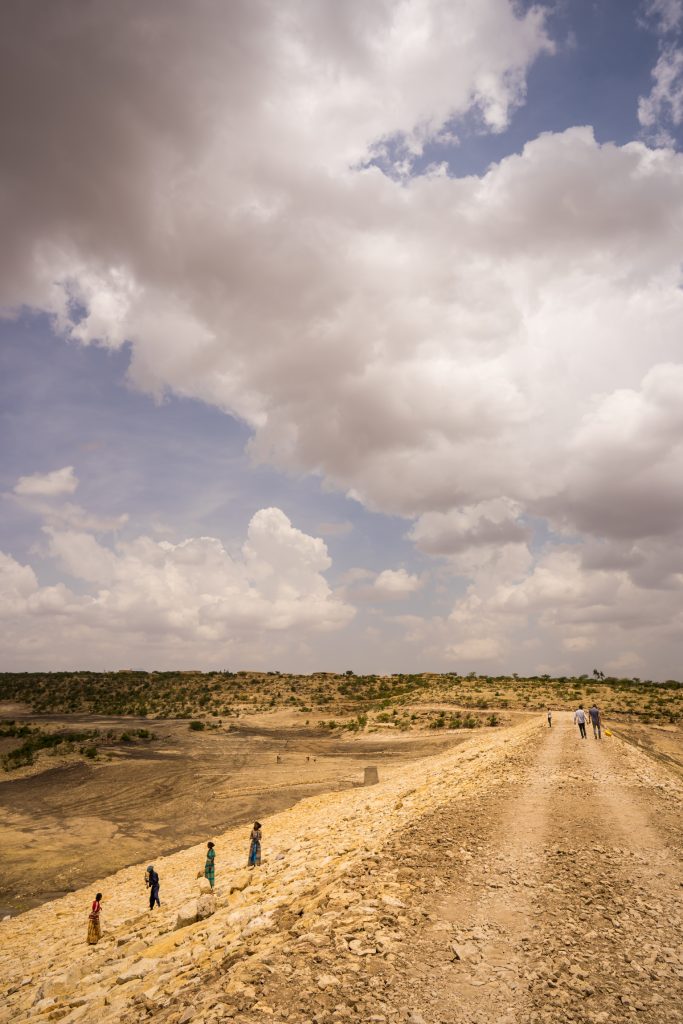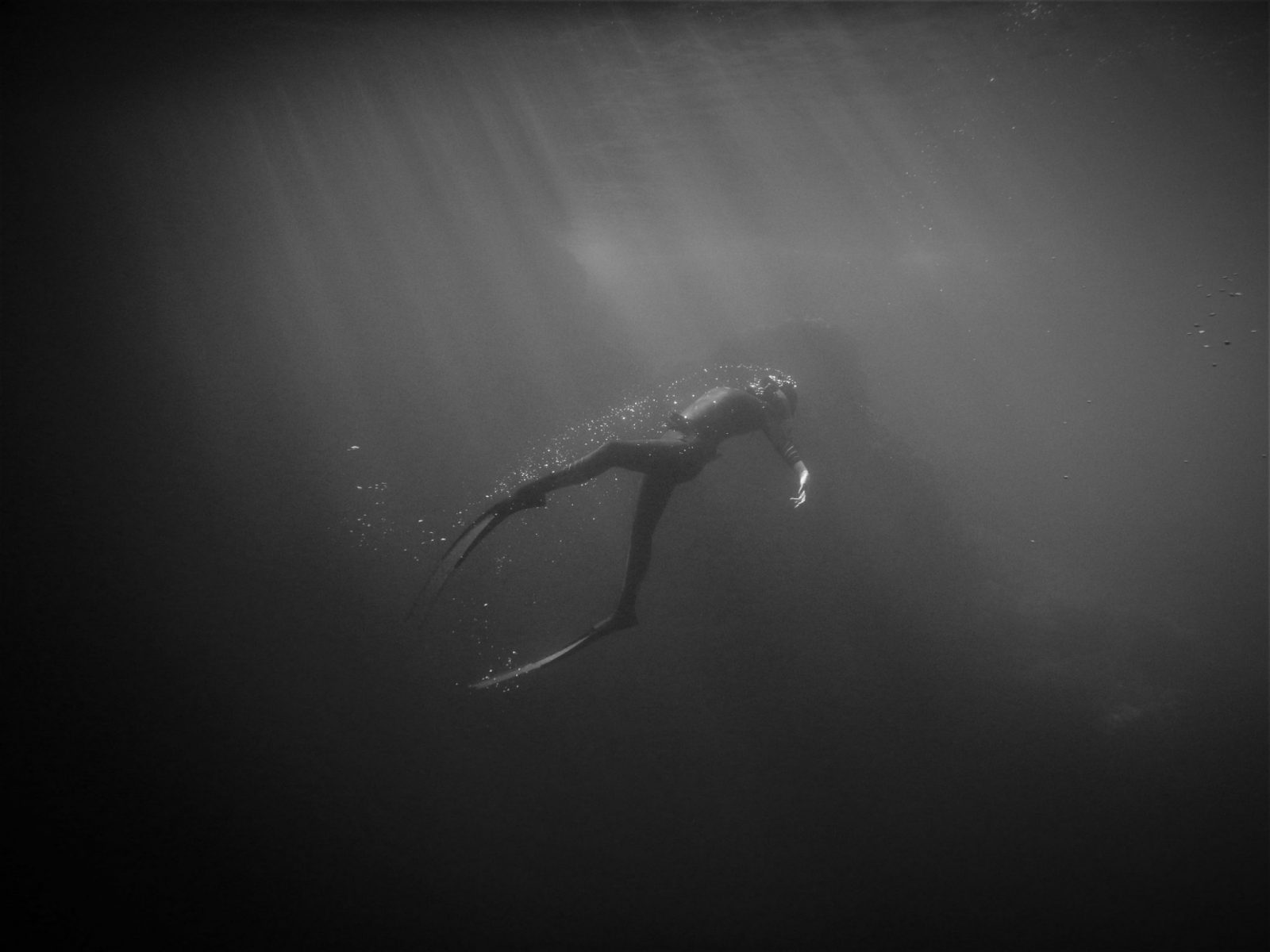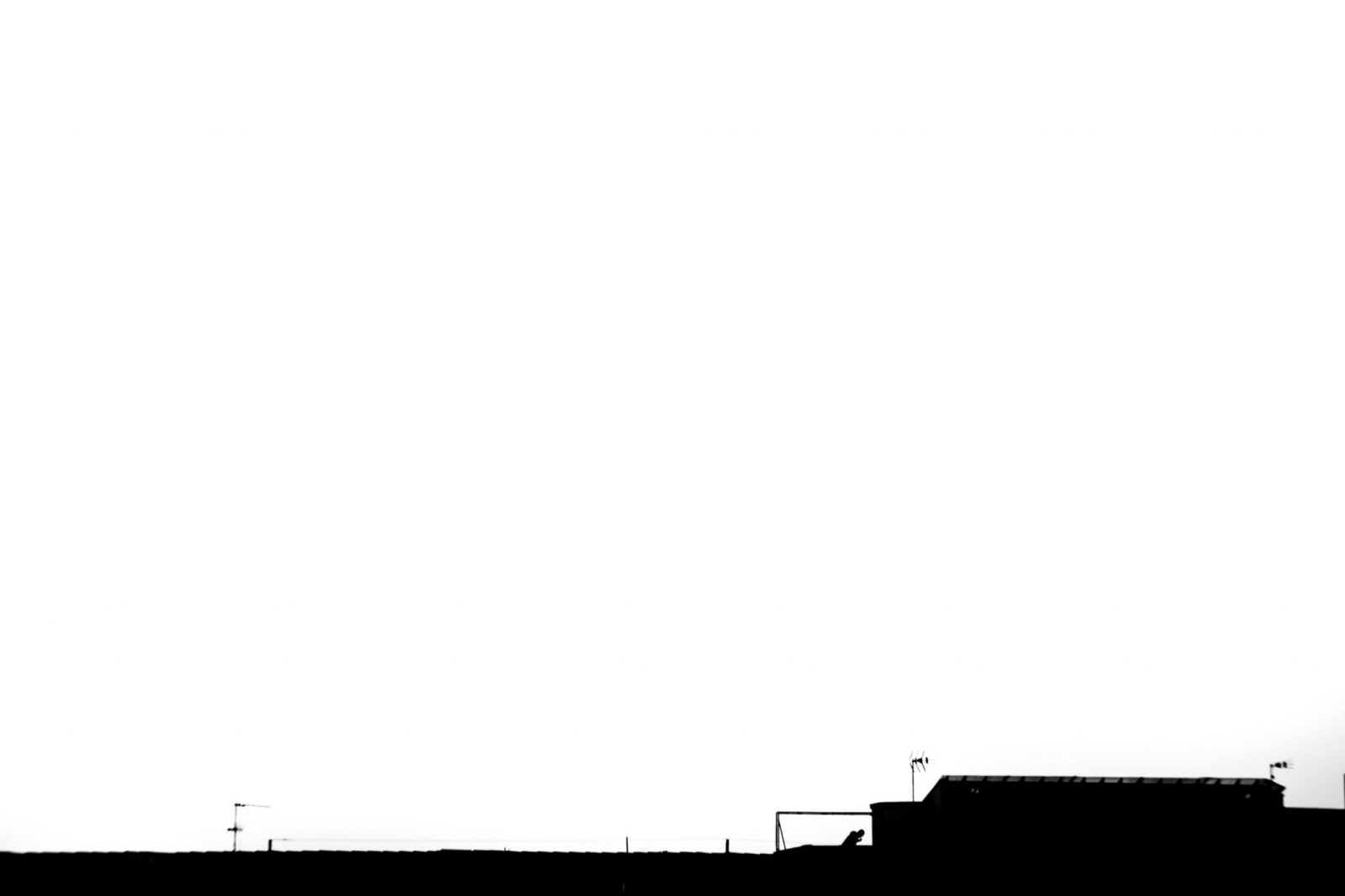EHTIOPIA III
Mini Dam
This post is available in 3 languages:
Euskara | English | Castellano
I remember a teacher from university referring to the civil engineers that ended working in consulting companies as “frustrated engineers”. As member of this club and having never worked in the construction business I had a special interest of visiting this project. Hydraulics and dams where the subjects that I most enjoyed during my last years as a student and visiting a rock fill dam which was under construction and in Ethiopia was a bundle that motivated me.
Moreover I had the perfect companion for this adventure, David, with whom not only I shared the area of our studies but also we had done a very good relation the few days that we had been together. After commuting from Mekele to Wukro in public transportation we met our companions from the local NGO called REST and headed to the dam.
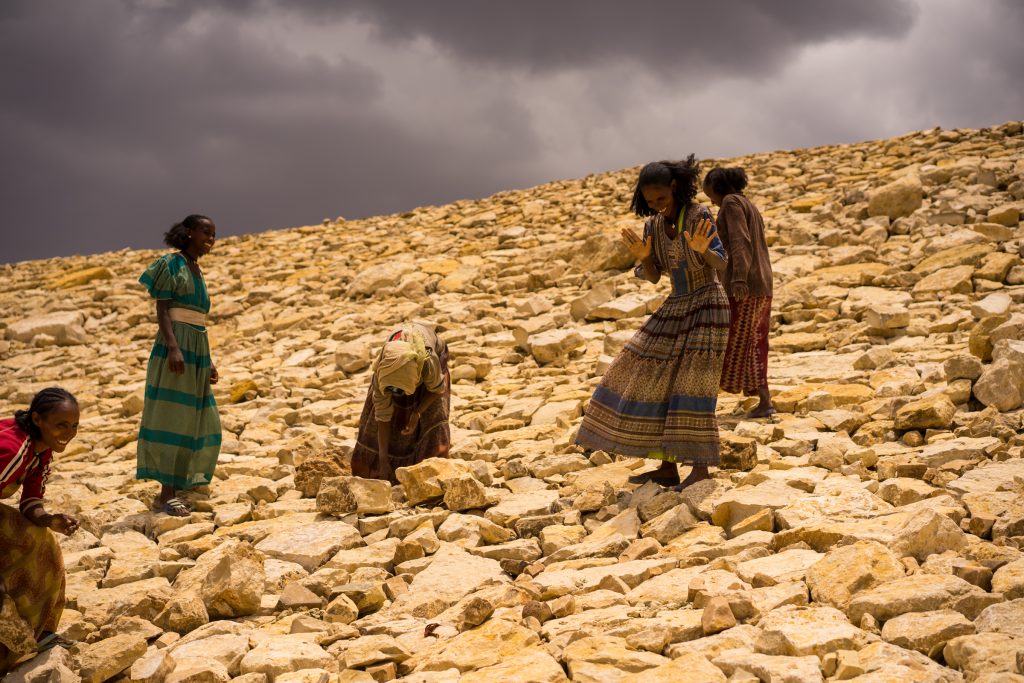
The north region of Ethiopia is over 2200 meters above the sea level and therefore the climate there is semi-arid with a historic of precipitations similar to the one in the graph below. Without analysing the numbers, it is easy to understand that it barely rains except during the rainy season, when the precipitations can be quite strong. In this scenario an infrastructure like a dam is a key element for the proper social and economical development of the region. Let’s see why.
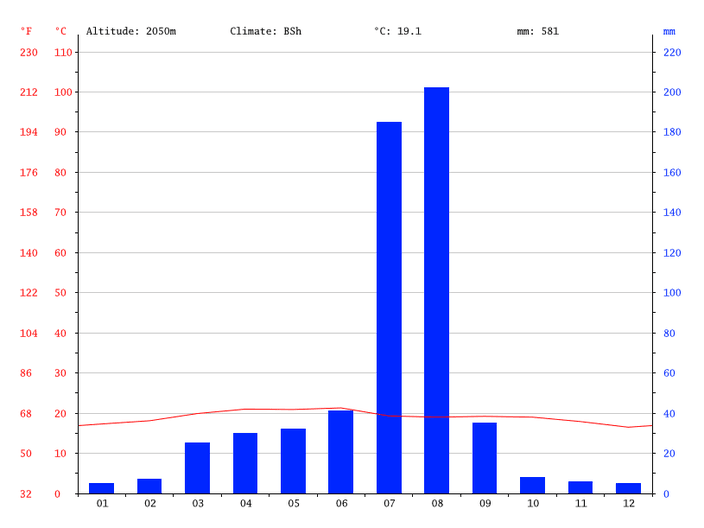
Fuente: climate-data.org
A dam not only stores water for its later consumption and against popular belief, it also has a regulatory effect in the peak flow downstream. This means that after a strong rain, the peak flow downstream will be smaller if a dam exists upstream. Being the Tigray region’s soil of easy erosion this fact is very important as it will prevent cultivable lands to be affected by floods. We will speak about this topic again in the Kainaberak II project.

The rock fill dam – and not a concrete one as we are used to see in the iberian peninsula – was in the final construction phase where the latest rocks of the covering layer were being laid in the upstream face. Agains what most of us could think, they were women and young people who were working in this manual task. The fact is that the construction of this kind of infrastructures in a country as Ethiopia is not possible without the collaboration of the community. Individuals from all the region help providing labor force for this hard and physical kind of tasks.
Luckily the dam would have been finished for the next rainy season that summer and neighbours and farmers of the area will have better and safer access to a basic resource as it is the water, improving the live quality of the region.
This experience, among with the Kainaberak II project, shows us how the community collaboration can result in projects and improvements that individually would be impossible to achieve; something that we could reflect about from our “advanced societies”.
I also want to use this post in order to thank David for the warm welcome I had in Ethiopia; for being my guide while I was there and for sharing his experiences and knowledge about international collaboration from which I was able to learn a lot.
Check other posts:
Underwater photography, by Iraia Semperena
A colaboration of Iraia Semperena, marine biologist and a passionate scuba and free diver.
⊛ Photography in times of Coronavirus
Can you practice street photography while in confinement during the Covid-19 crisis? Let's see!
Etiopia II – MHM (eng)
My experience in the Menstrual Hygiene Management (MHM) project in Ethiopia.
Basic exercises to understand photography
Practice these 3 exercises at home to understand and master the basics of photography. Do you want to learn something new?
Ethiopia I – Presentation
Last year I had the opportunity to visit Ethiopia while collaborating as a photographer with a small NGO called Etiopia Utopia. This is the presentation of this amazing project.

